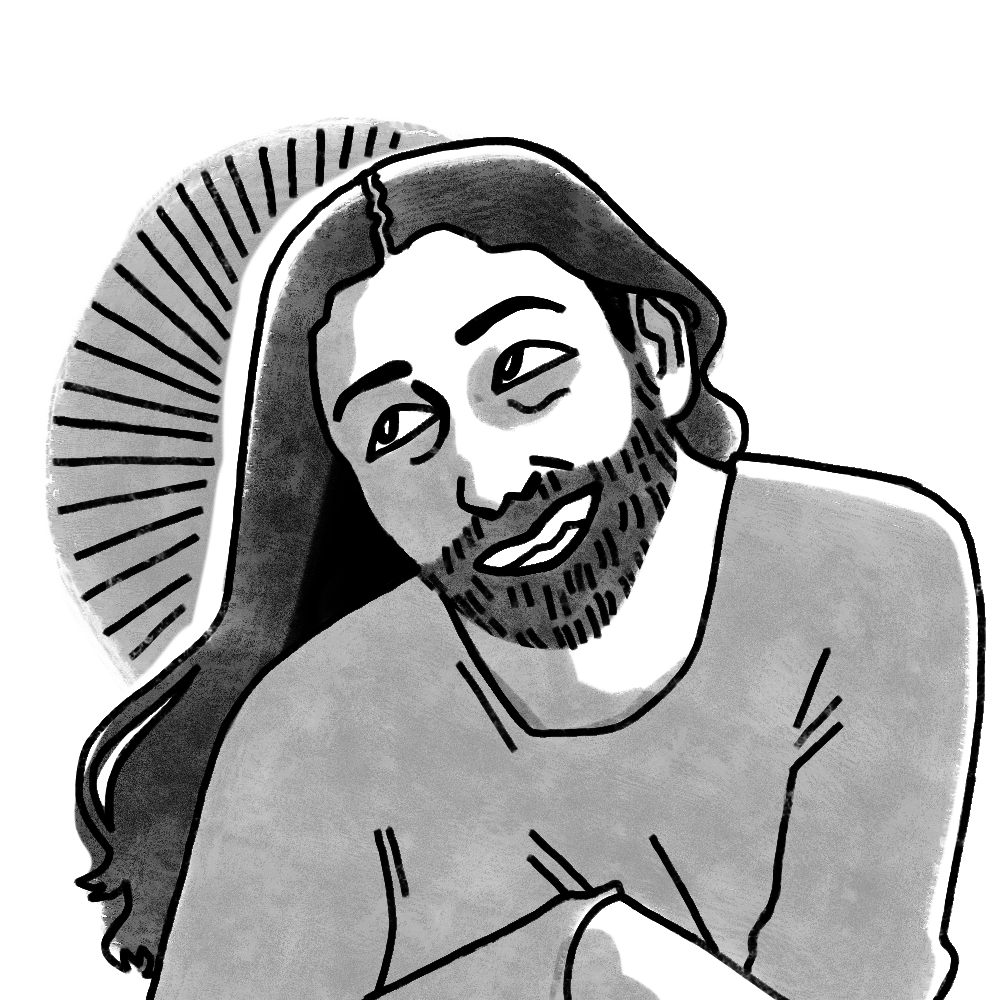
When the first season of “Queer Eye” was released on Netflix in February 2018, I did not watch it at first — mostly due to the fact that it focused entirely on a group of gay men, a group already represented in most of the LGBTQ+ media we see today. However, I finally gave in and watched the show, and grew to love it. The rest of the world did too, and now each of the Fab Five has millions of followers on Instagram and has soared into the media spotlight, all due to the show’s wholesome nature and good intentions.
Although “Queer Eye” primarily focuses on improving the lives of the people featured, it has done an exceptional job of incorporating issues relevant to the broader LGBTQ+ community. The members of the Fab Five have also used their popularity to bring light to many of these issues. Jonathan Van Ness, the grooming expert on the show, recently revealed in a piece for the New York Times that he is HIV positive. He learned that he was HIV positive in his 20s while struggling with drug addiction and after relapsing in rehab twice. The author of the article, Alex Hagwood, writes, “He is healthy and now describes himself as an out-and-proud ‘member of the beautiful H.I.V.-positive community.’”
Van Ness is far from the first person to come out as HIV positive, but his voice as a non-binary, feminine, gay person, especially one who has become so prominent in the public eye, provides important representation for the LGBTQ+ community. His revelation helps to break down the stigma surrounding diagnoses of HIV/AIDS as well as acknowledging the disease’s prevalence among queer people. In being candid, Van Ness looks past the shame this disease often comes with.
For the LGBTQ+ community, this has helped to normalize the struggle with HIV/AIDS and to reinforce its relevance almost forty years after the AIDS crisis of the 1980s. It also brings to light a generational gap. We now live in a time when HIV/AIDS can be an open topic for discussion rather than something that makes people afraid to come in contact with queer people. While much of that has to do with the advancement of medical science, it is also thanks to people like Van Ness who use their platform to be open about themselves and their identity. Van Ness is a normal person we see on our TV who just so happens to be living with HIV.
Van Ness’ openness serves as a conversation starter. The popularity of “Queer Eye” among demographics beyond just queer people helps to broadcast many of the struggles of the LGBTQ+ community to a wider audience. For older generations especially, HIV can still be heavily stigmatized, and creating these open conversations only helps to lessen this stigma. Van Ness, in particular, helps to show that HIV/AIDS is, for many, just another part of everyday life. For us here at Lewis & Clark, it can serve as a reminder that we all have backgrounds that can set us apart from each other, but at the end of the day, we are all people.
Subscribe to the Mossy Log Newsletter
Stay up to date with the goings-on at Lewis & Clark! Get the top stories or your favorite section delivered to your inbox whenever we release a new issue.

Leave a Reply